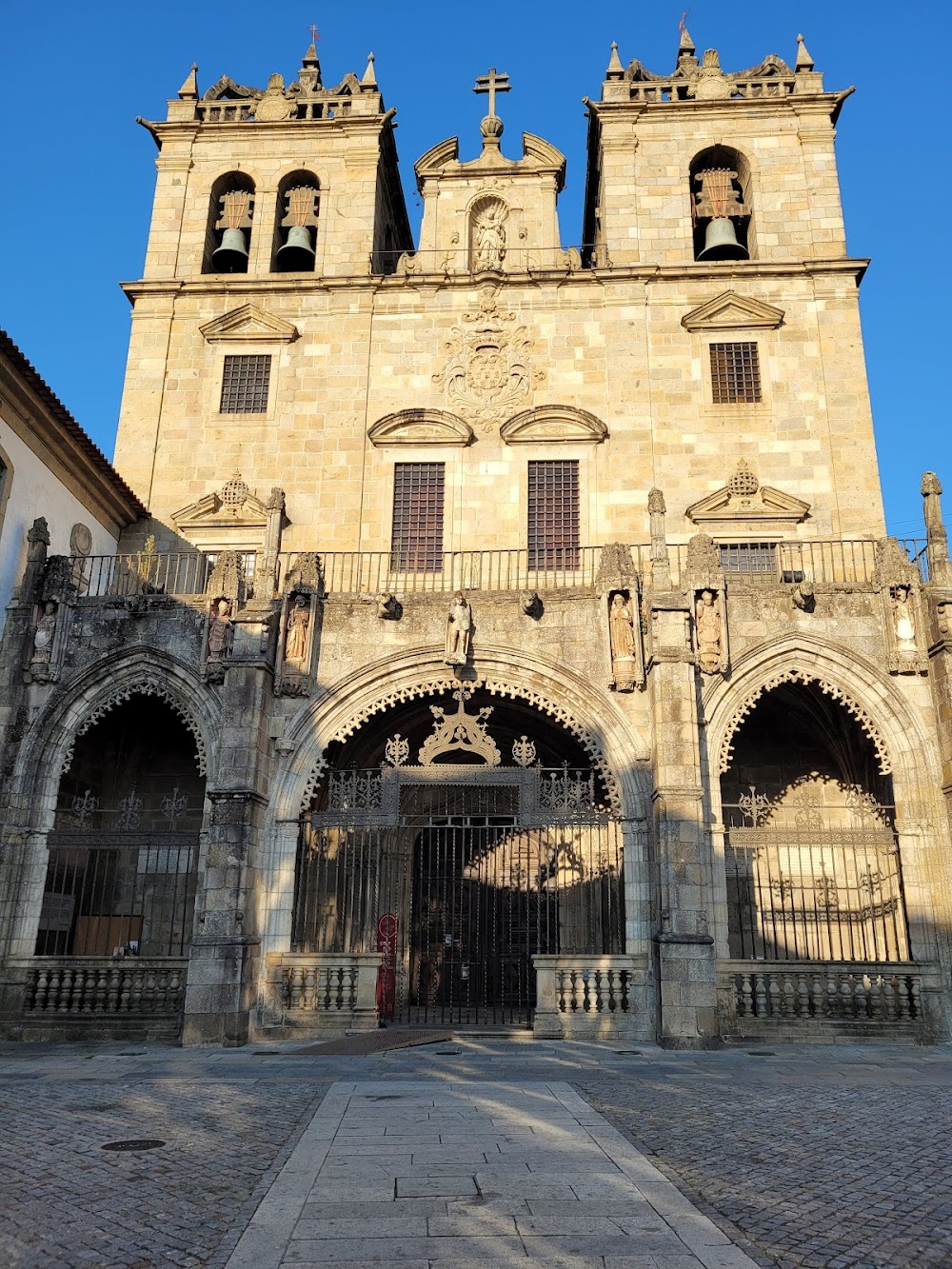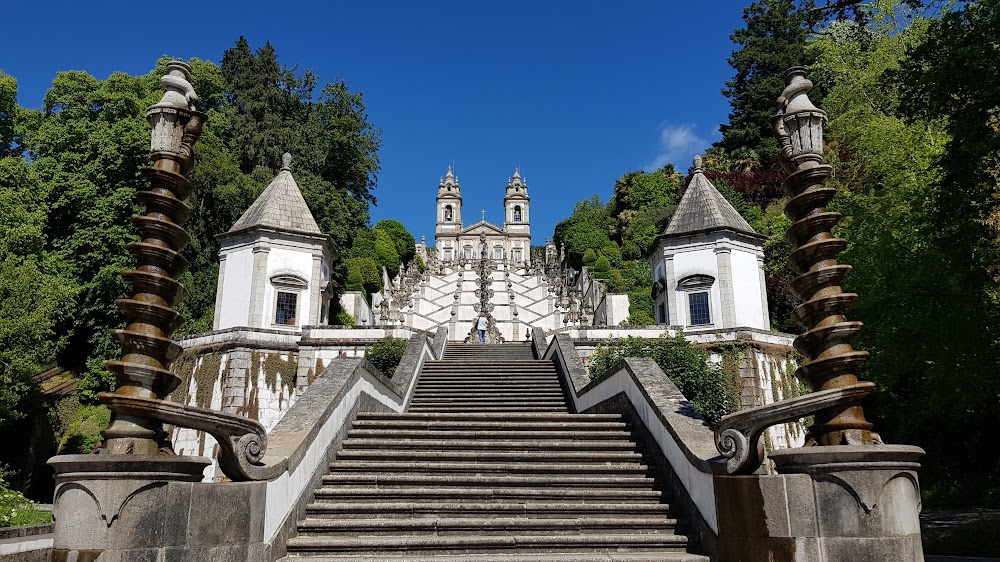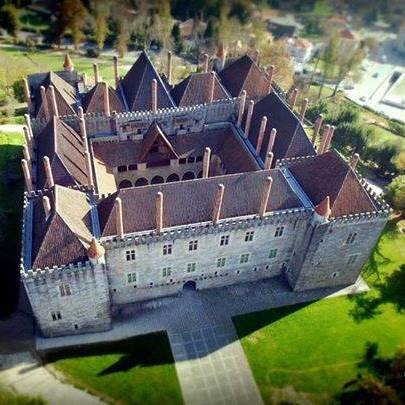Braga Cathedral (Sé de Braga)
Overview
Braga Cathedral: A Historical Landmark
Braga Cathedral, known as Sé de Braga, is one of the most significant and oldest religious structures in Braga, Portugal. Its origins date back to the 12th century, closely paralleling the evolution of the nation itself. This monumental cathedral stands as a testament to the rich history and culture of the region.
The Origins and Romanesque Era
Construction of Braga Cathedral commenced around 1070 under the direction of Bishop Pedro, with support from Count Henry of Burgundy and his wife Teresa, the parents of Portugal’s first king, Afonso Henriques. The initial design embraced Romanesque architectural styles, characterized by sturdy walls, rounded arches, and an emphasis on mass and solidity rather than decoration. This original structure laid the foundation for the cathedral's central nave, marking the beginning of its storied existence.
Gothic Enhancements in the 14th Century
In the 14th century, significant renovations introduced Gothic elements, particularly in the apse and transept. The addition of flying buttresses and pointed arches transformed the cathedral, adding both height and lightness to the previously solid Romanesque design. These architectural innovations were not solely for structural integrity; they also aimed to inspire the faithful, lifting their spirits and minds toward the heavens.
The Manueline Influence of the 16th Century
The 16th century heralded another transformative phase for Braga Cathedral as the unique Manueline style was incorporated. This Portuguese architectural style is renowned for its intricate stone carvings and nautical motifs. Key features from this period include the stunning chapel of São Geraldo and the high choir. The interior became increasingly ornate, showcasing detailed woodwork, gilded altars, and the expansive use of azulejos, traditional Portuguese tiles, creating a breathtaking blend of styles and epochs.
Baroque Flourishes in the 17th and 18th Centuries
The Baroque period, particularly from the late 17th to the mid-18th centuries, introduced further architectural innovations. Baroque embellishments added grandeur and dramatic flair to the cathedral’s diverse aesthetic. The main façade, reconstructed during this time, features robust ornamentation, dynamic shapes, and statues that enhance its solemn presence. The organ, an exquisite piece of craftsmanship, exemplifies the grandiosity of this era, complete with decorative pipes and elaborate casing.
Preservation Efforts in the 19th and 20th Centuries
During the 19th and early 20th centuries, a strong focus was placed on the preservation and restoration of the cathedral. Efforts concentrated on consolidating its structural integrity while maintaining its historical essence. Restoration projects aimed to correct damages and restore original features that had been altered or lost over the centuries. Notably, the cathedral's cloisters were reconstructed, and the Treasury Museum was established, showcasing a wealth of religious artifacts, vestments, and manuscripts.
A Living Monument of Cultural Significance
Braga Cathedral’s artistic and spiritual significance transcends its physical structure. It serves as a testament to the cultural and religious evolution of Portugal. Throughout its long history, the cathedral has hosted numerous significant events and distinguished guests, and it remains a focal point for the city’s religious life.
Chapel of the Kings and Artistic Treasures
Inside the cathedral, several chapels tell unique stories and display remarkable artistic elements. The Chapel of the Kings is particularly noteworthy, housing the tombs of Henry of Burgundy and Teresa. The main altar is a dazzling piece of craftsmanship, while various side altars reflect the devotions and artistic tastes of different periods.
Braga Cathedral Today
Today, Braga Cathedral stands as a vibrant monument, not merely a tourist attraction but an active place of worship. It welcomes thousands of visitors annually for religious ceremonies and cultural events, symbolizing Braga’s rich historical tapestry. This magnificent structure embodies over nine centuries of architectural innovation, religious devotion, and cultural achievement, making it a must-visit destination for anyone exploring Portugal's heritage.






